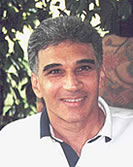August 2006 Article
Get Tom Veneziano's book The Truth about Winning! at Amazon.com
Tennis Server
|

 |
Often players do the opposite of what they are supposed to do in order to solve problems in their match play. This opposite phenomenon consistently occurs on tennis courts throughout the world. Players actually sabotage themselves simply by thinking incorrectly! Make no mistake about it, thinking is a powerful tool, in fact ONE thought can make you or break you. Let me illustrate by giving you two quick examples. EXAMPLE ONE Did you ever notice that after your opponent hits two or three balls back to you, you inevitably overplay each succeeding ball? By the time the fourth or fifth ball comes back it does not matter if this is the right ball (easy set up) to hit a winner, you pulverized it anyway. What causes this miscalculation? There are two reasons. First, the more times the ball comes back over the net, the more you think you will be the one to miss. As a result, you become impatient and nervous and attempt to end the point as soon as possible. Second, the more the ball keeps coming back, the more you think you have done something wrong! Again, you become impatient and nervous and go for the gold too soon, leaving you with an unforced error. This incorrect thinking causes players to lose many, many points. Just because the ball keeps coming back does not mean you have done something wrong. I refer you to Tennis 101. Player A hits ball to player B and player B tries to hit it back. This is the object of the game. It's supposed to come back! Instead of trying to constantly put the ball away, do the opposite. Learn to be more patient and less nervous and wait for the right shot before attempting a winner. EXAMPLE TWO You are having a tough day at the courts, your timing and rhythm are off and you are not playing well. What should you do? Oddly enough the solution most players choose is to rear back and hit the ball harder! Inevitably they dig themselves in even deeper. The correct solution is to do the opposite. You should slow it down and try to re-establish your timing and rhythm, skillfully working yourself back into the match. As your timing begins to improve, then you can speed up your shots again. Hitting the ball harder when you are in a slump does not make sense. If your timing and rhythm were off at your normal speed, why would it be any better when your blasting the ball? Learn to think right about this situation and save yourself a lot of frustration. Well, there you have it --- two match-play problems solved by thinking the opposite. 1. Don't think you have done something wrong when the ball comes back to you more than two or three times. 2. Don't hit harder when you are in a slump, instead slow it down and re-establish your timing and rhythm.
This column is copyrighted by Tom Veneziano, all rights
reserved.
Tom is a tennis pro teaching
at the Piney Point Racquet Club in Houston, Texas. Tom
has taught thousands of players to think like a pro with
his Tennis Warrior System.
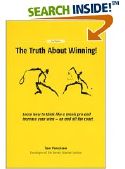
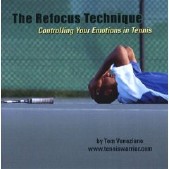
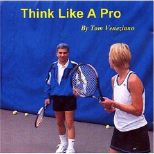
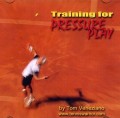
Audio CDs by Tom Veneziano:
|



October 2022 Tennis Anyone: Patterns in Doubles by John Mills. September 2022 Tennis Anyone: Short Court by John Mills. |
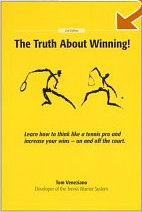
 You will join 13,000 other subscribers in receiving news of updates to the Tennis Server along with monthly tennis tips from tennis pro Tom Veneziano.
You will join 13,000 other subscribers in receiving news of updates to the Tennis Server along with monthly tennis tips from tennis pro Tom Veneziano. 